The last thing you want is your order fulfillment to bottleneck at the packing area. For maximum efficiency, it’s essential to have a fully stocked, well-laid-out warehouse packing station to speed up your order fulfillment.
The Purpose of Your Warehouse Packing Station
Packing stations should not be an afterthought when planning your warehouse space use. Your station should hold a dedicated place in your small warehouse space, and be specifically used for preparing orders for shipping. Warehouse packing stations:
- Give you a place to verify that you have all the correct products in each customer order. Checking orders before packaging the products reduces the chances of time-consuming returns. It will also ensure customer satisfaction.
- Keep all the materials needed for preparing orders for shipping in one location. By maintaining this stock, you can quickly package orders properly without wasting time finding boxes, tape, or other materials.
- House products in a designated area between the packing and shipping stages. Knowing where every product is at each step of the fulfillment process reduces the chances of lost or delayed orders.
Considerations When Setting Up Your Packing Station
Your small business may not have thousands of orders to process a day, but you still need to think about optimizing your warehouse packing station layout to reduce processing time. Becoming more efficient now will only make it easier to scale up your business operations in the future. To create the perfect packing zone in your small warehouse space, consider the following things:
Pack Station Purpose
Identify the most important purpose your packing station must fulfill and keep it front of mind when choosing tools and materials to optimize that portion of your warehouse. It helps to separate the overall task of packing into smaller jobs, and most packing stations provide order collection, quality control, packaging, and labeling. To allow your workers to do these tasks within the packing station, you must make available all the equipment they will need.
Warehouse Workflow
What is the direction of your warehouse workflow? Do you have storage to the left of your packing area and shipping to the right? In that case, arrange the packing station from left to right. The direction of product movement through the packing station should always go from storage toward shipping.
When preparing an order for shipping, always have the products move in a clear direction through every portion of the packing station. Use signs with arrows that outline the workflow steps and directions at each stage. When every order goes through the same workflow from picking to packing to shipping, you will reduce the chances of lost or damaged orders.
Material Priority
The best layout for a small warehouse space is to put the most frequently moved goods closer to the packing area. This same principle applies to the materials used by those preparing orders for shipping. Place the most used tapes, scanners, filler, and boxes closest to the packing station so workers can speed orders through to shipping.
Ergonomic Design
When making your small warehouse space more ergonomically friendly, don’t neglect the packing station. Proper arrangement of goods and materials will reduce the chances of work-related muscle strain, and better ergonomics also improves worker morale and productivity.
To create an ergonomic packing station, minimize any bending or reaching workers must do when completing their jobs. Also, have available lifting equipment readily available to help them move heavy boxes without straining themselves.
Packing Station Tools and Materials
To effectively package your products, you will need to stock both machinery and materials in the packing station. Machinery helps to track the orders through the order fulfillment process. Packing materials ensure that customers have their orders protected from damage during shipping.
Machinery
The type of machinery your warehouse pack station needs may include printers for creating stick-on address labels, or scanners to update the warehouse management system (WMS) on the progress of the order.
Packing Materials
The specific packing materials you need depend on the types of products you sell. If your small business deals in delicate items, you will need ample filling material and sturdy boxes to protect the goods during shipping. Shipping small items may only require padded mailing envelopes instead of boxes. Make sure your packing station layout accounts for storing these materials.
Key Components of an Effective Warehouse Pack Station
An effective warehouse pack station separates the packing process into individual steps. These steps each have their own area within the packing station to allow multiple people to contribute to packing orders during the busiest times. Common areas include:
- A Staging and quality control site
- A Packing and labeling bench
- A Waste and recycling area
- A Bin or conveyor to shipping
When creating your packing station layout, make sure there is ample space for each step to be completed.
Staging and Quality Control
In staging, products arrive from the warehouse storage area and are compared against the customers’ orders. This part of the packing station helps minimize order problems due to damaged goods from the warehouse, or incorrect product fulfillment
Packing Bench and Labeling Area
Packing and labeling can occur on the same bench. Workers at this bench may need more time to complete their tasks than those in other parts of the packing area. Each product may require wrapping and/or boxing. Flat or small goods may only need placement into envelopes for shipping. Workers should also check that the label applied to the order matches the customer’s shipping information.
Waste and Recycling Area
Have a designated spot where you discard waste or recycling created from packing. Do not allow leftover boxes or other waste to accumulate in the packing area. The Occupational Safety and Health Administration (OSHA) has requirements for housekeeping throughout your warehouse, including packing areas.
Under 1910.176(c), you must keep your entire small warehouse space free of anything that could create a fire, pest, explosion, or tripping hazard. Paper, boxes, and waste from packing could all cause tripping. Keep separate waste and recycling bins next to the packing station for easier disposal of leftover items.
Bin or Conveyor to Shipping
Getting the finished products from packing to shipping in your warehouse may not look the same as the system used in another facility. Conveyor belts are ideal for sending large volumes of completed orders to shipping. Alternatively, you can place all packed orders into a bin or cart and manually move them to the shipping area on a recurring basis. Having a designated location for all completed packages will reduce the chances of orders getting lost or misplaced.
Make Your Small Warehouse Space Do More with an Effective Packing Station
Make your small warehouse space as efficient as possible by updating your packing station. With faster picking, packing, and shipping your business can fulfill more orders.
In the market for a new warehouse? Check out the numerous amenities we offer at WareSpace. We provide your business with electricity, secure wi-fi, materials handling equipment, industrial racking, package receiving, and more to help your business run smoothly. Call us at 301-781-6964, or book a tour online today.


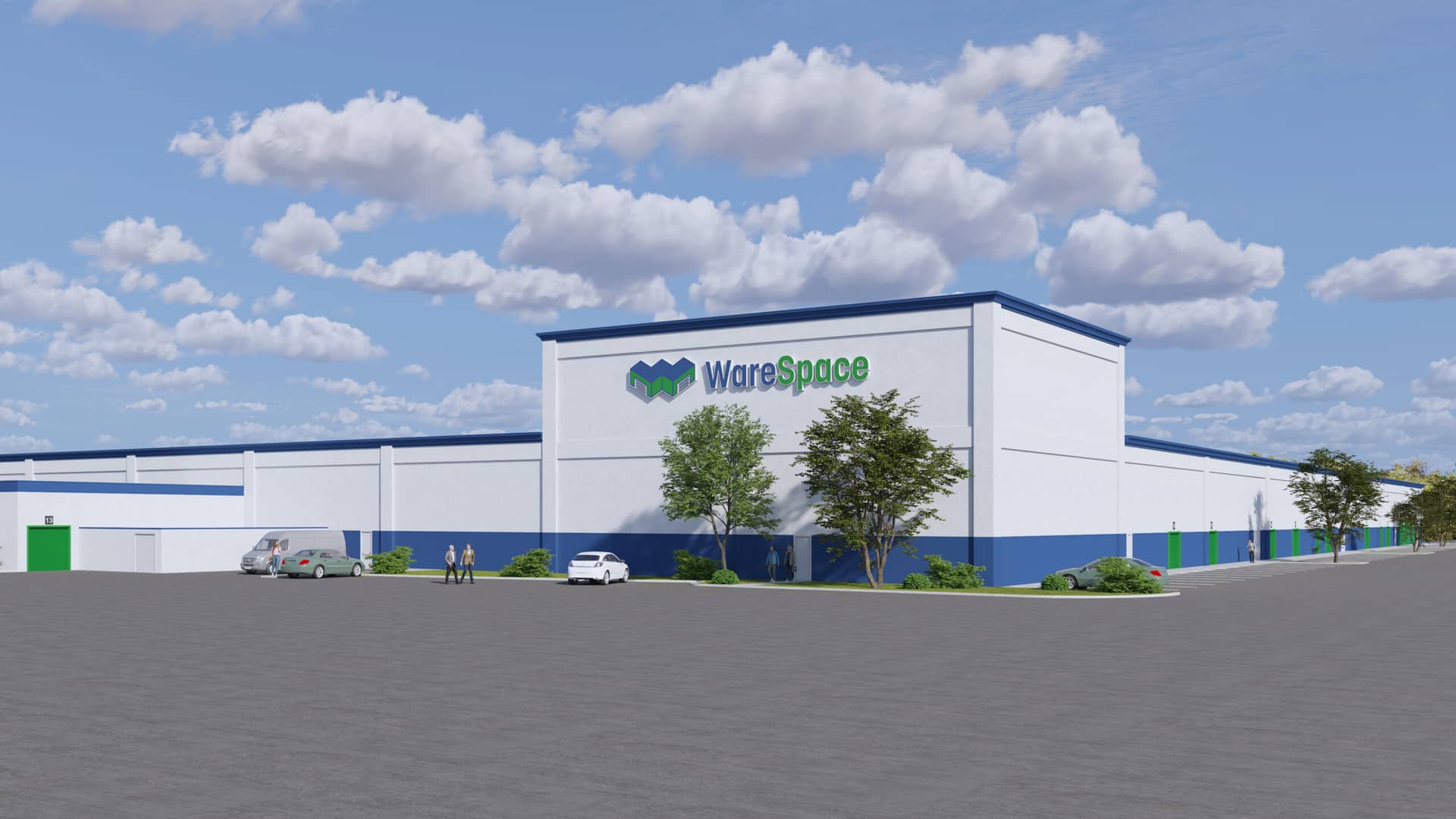
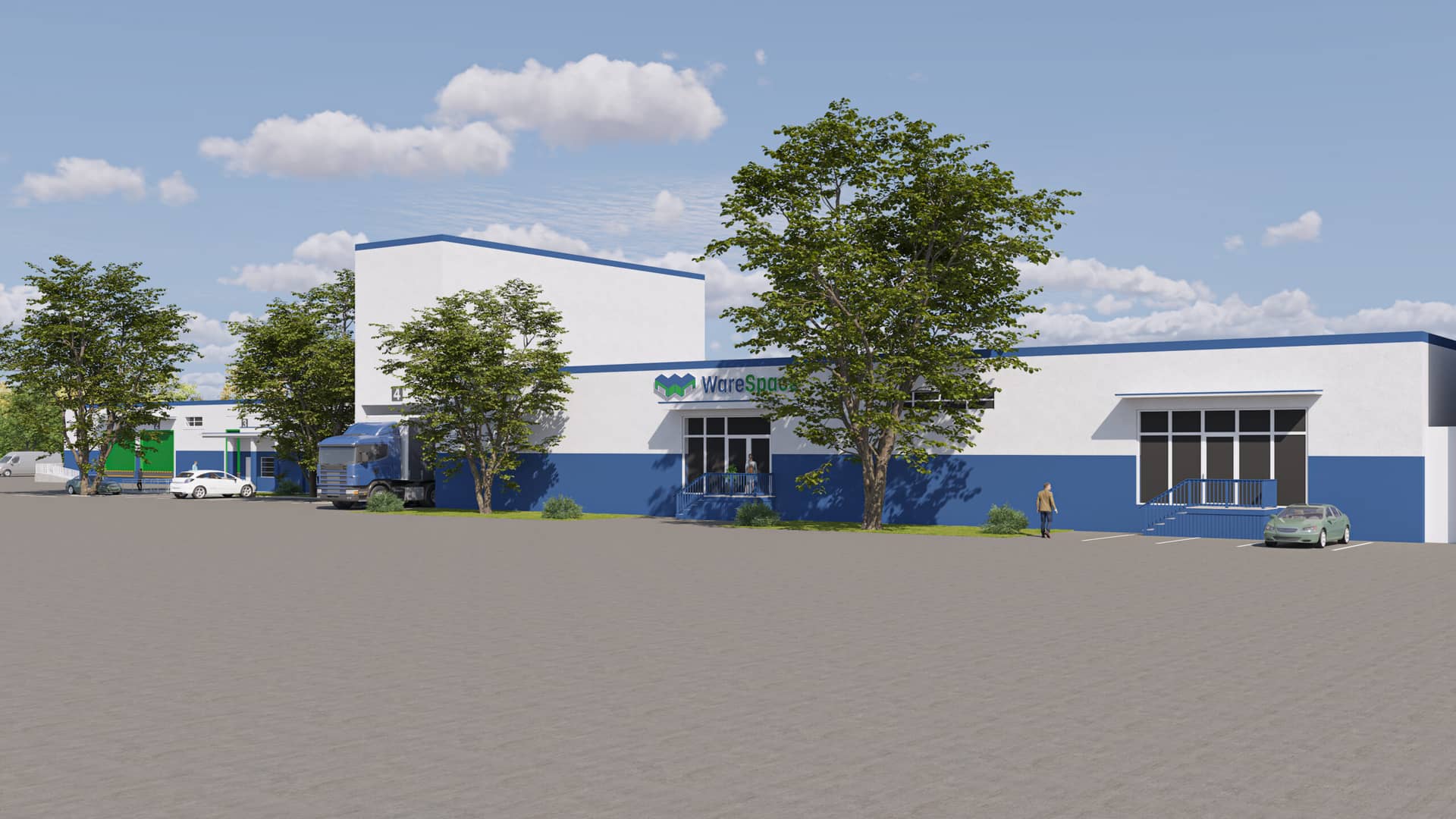
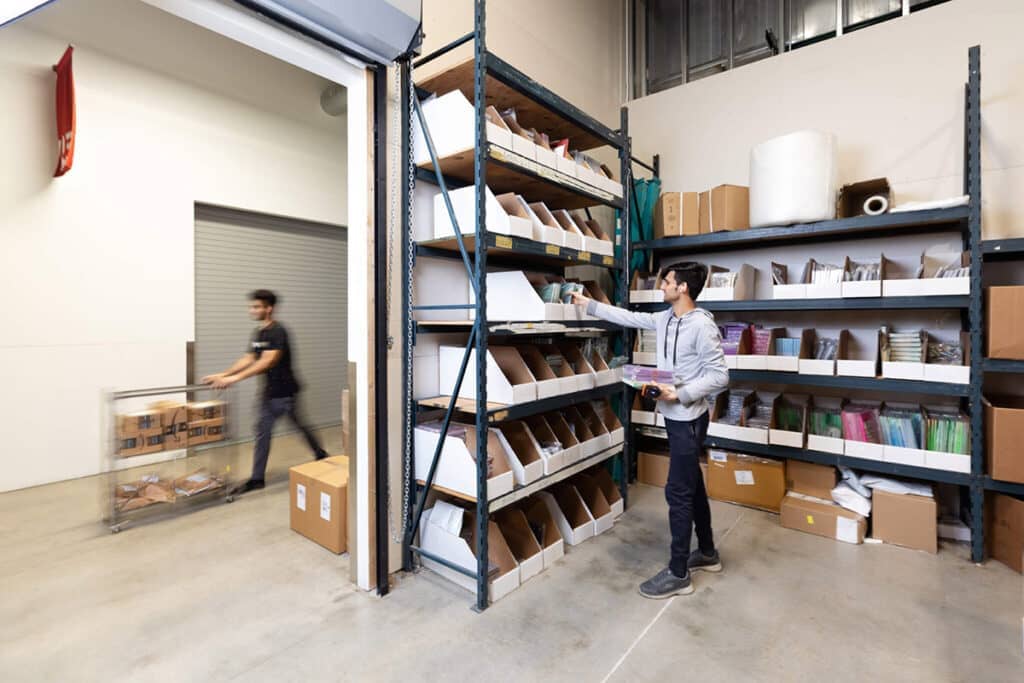
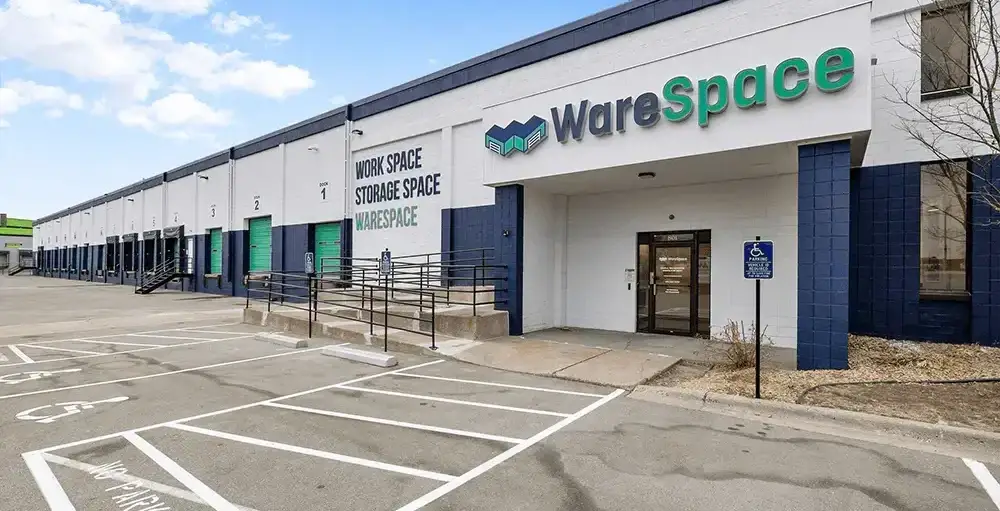
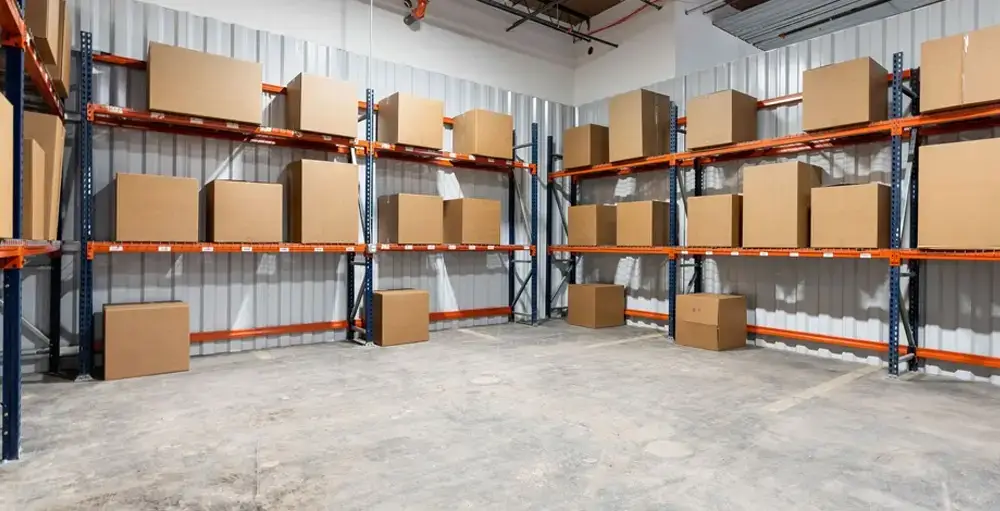
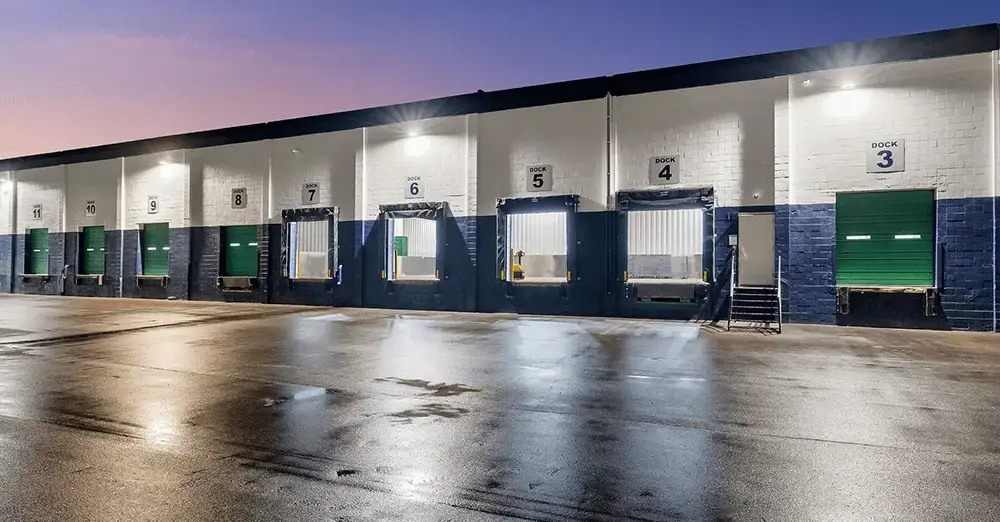
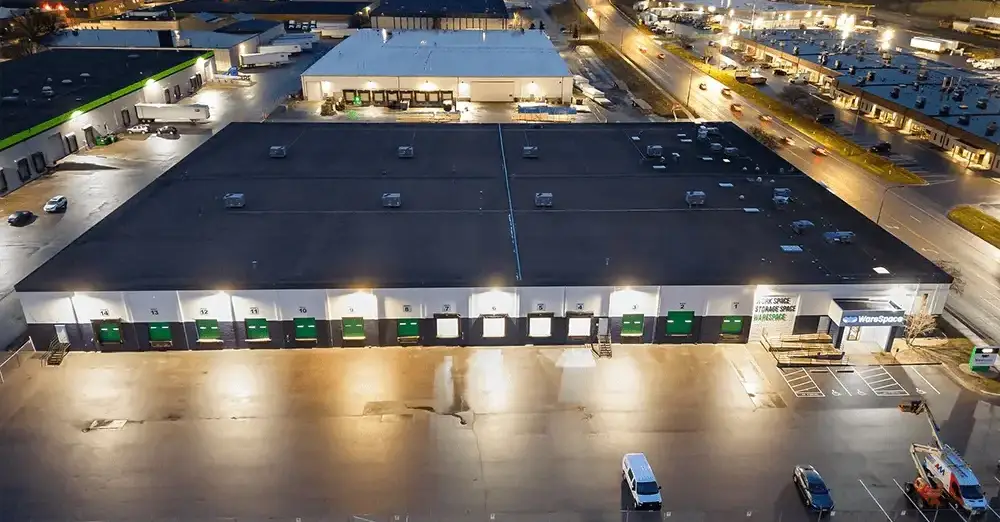











 ►
Explore 3D Space
►
Explore 3D Space